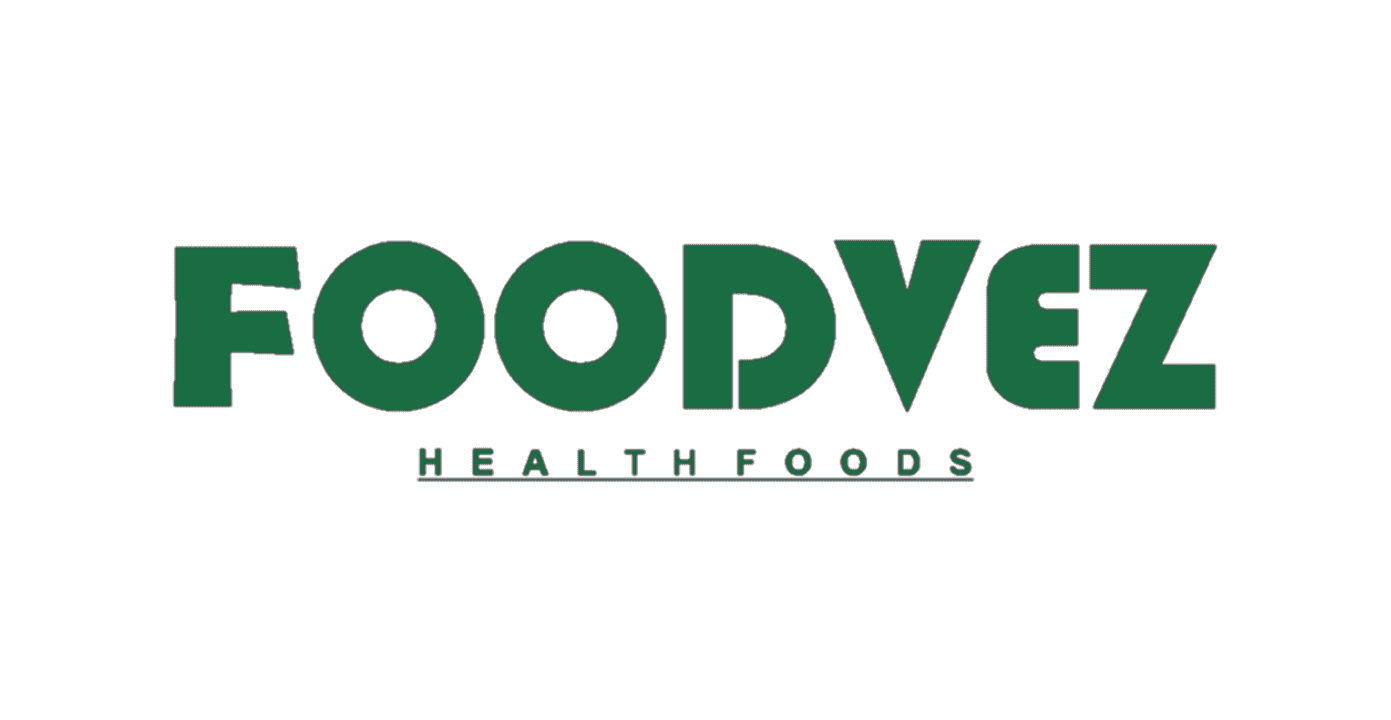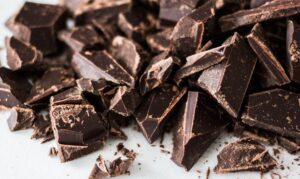
A gluten-free eating regimen includes aside from meals that comprise the protein gluten, together with wheat, rye, and barley.
Most research on gluten-free diets has been finished on humans with celiac disease, however, there is some other situation known as gluten sensitivity that additionally reasons issues with gluten. If you are illiberal to gluten, then you want to keep away from it completely. If not, you will trip extreme soreness and detrimental fitness effects.
What Is Gluten?
Gluten is a household of proteins located in wheat, barley, rye, and spelled.
Its title comes from the Latin phrase for “glue,” as it offers flour a sticky consistency when combined with water.
This glue-like property helps gluten create a sticky community that offers bread the potential to upward push when baked. It additionally offers bread a chewy and gratifying texture
Unfortunately, many human beings sense uncomfortable after consuming meals that include gluten. The most extreme response is referred to as a celiac disease.
Foods to Avoid:
Completely fending off gluten can be challenging.
This is due to the fact it is determined by frequent substances that are delivered to foods.
These are the predominant sources of gluten in the diet:
- Wheat-based ingredients like wheat bran, wheat flour, spelled, durum, Kaput, and semolina
- Barley
- Rye
- Triticale
- Malt
- Brewer’s yeast
Below are some meals that might also have components containing gluten delivered to them:
- Bread. All wheat-based bread.
- Pasta. All wheat-based pasta.
- Cereals. Unless labeled gluten-free.
- Baked goods. Cakes, cookies, muffins, pizza, bread crumbs, and pastries.
- Snack foods. Candy, muesli bars, crackers, pre-packaged comfort foods, roasted nuts, flavored chips and popcorn, and pretzels.
- Sauces. Soy sauce, teriyaki sauce, hoisin sauce, marinades, salad dressings.
- Beverages. Beer-flavored alcoholic beverages.
Other foods. Couscous, broth (unless labeled gluten-free).
Foods to Eat:
There are lots of gluten-free picks that will enable you to revel in healthful and scrumptious meals.
The following meals are naturally gluten-free:
- Meats and fish. All meats and fish, besides battered or covered meats.
- Eggs. All kinds of eggs are naturally gluten-free.
- Dairy. Plain dairy products, such as simple milk, undeniable yogurt, and cheeses. However, flavored dairy merchandise may additionally have delivered substances that include gluten, so you will want to examine the meal labels.
- Fruits and vegetables. All fruits and veggies are naturally free of gluten.
- Grains. Quinoa, rice, buckwheat, tapioca, sorghum, corn, millet, amaranth, arrowroot, teff, and oats (if labeled gluten-free).
- Starches and flours. Potatoes, potato flour, corn, corn flour, chickpea flour, soy flour, almond meal/flour, coconut flour, and tapioca flour.
- Nuts and seeds. All nuts and seeds.
- Spreads and oils. All vegetable oils and butter.
- Herbs and spices. All herbs and spices.
- Beverages. Most beverages are without beer (unless labeled as gluten-free).
Health Benefits of a Gluten-Free Diet:
A gluten-free food regimen has many benefits, particularly for anybody with celiac disease.
Here are the major advantages of a gluten-free diet:
- May Relieve Digestive Symptoms
- Most human beings strive for a gluten-free weight-reduction plan to deal with digestive problems.
These encompass bloating, diarrhea or constipation, gas, fatigue, and many different symptoms.
Can Help You Lose Weight:
It’s now not uncommon to lose weight when you begin following a gluten-free diet.
This is due to the fact it eliminates many junk ingredients that add undesirable energy to the diet. These meals are regularly changed using fruit, veggies, and lean proteins.
However, it’s vital to keep away from processed “gluten-free” ingredients like cakes, pastries, and snacks, as they can rapidly add a lot of energy to your diet.
Gluten-Free Menu:
Here is a sample menu with delicious, gluten-free meals.
Feel free to swap meal pointers by your liking.
Monday:
- Breakfast: Overnight chia seed pudding — two tbsp (28 grams) chia seeds, 1 cup (240 ml) Greek yogurt, and half tsp vanilla extract with sliced fruits of your choice. Let’s take a seat in a bowl or Mason jar overnight.
- Lunch: Chicken, lentil, and veggie soup.
- Dinner: Steak tacos — steak, mushroom, and spinach served in gluten-free corn tortillas.
Tuesday:
- Breakfast: Omelette with veggies.
- Lunch: Quinoa salad with sliced tomatoes, cucumber, spinach, and avocado.
- Dinner: Shrimp skewers served with a backyard salad.
Wednesday:
- Breakfast: Oatmeal with 1/4 cup (31 grams) of berries.
- Lunch: Tuna and boiled egg salad.
- Dinner: Chicken and broccoli stir-fry — hen and broccoli sautéed in olive oil and gluten-free soy sauce or tamari. Served with a small aspect of rice.
Thursday:
- Breakfast: Gluten-free toast with avocado and an egg.
- Lunch: Leftovers from Wednesday’s dinner.
Dinner: Garlic and butter shrimp served with a facet salad.
Friday:
- Breakfast: Banana berry smoothie — half medium banana, half cup (74 grams) combined berries, 1/4 cup (59 ml) Greek yogurt, and 1/4 cup (59 ml) milk.
- Lunch: Chicken salad wrap, the usage of the gluten-free wrap.
- Dinner: Baked salmon served with baked potatoes, broccoli, carrots, and inexperienced beans.
Saturday:
- Breakfast: Mushroom and zucchini frittata.
- Lunch: Leftovers from dinner.
- Dinner: Roasted rooster and veggies quinoa salad.
Sunday:
- Breakfast: Two poached eggs with a slice of gluten-free bread.
- Lunch: Chicken salad dressed in olive oil.
- Dinner: Grilled lamb served with a range of roasted veggies.
conclusion:
If you avoid gluten, there are plenty of foods you can choose from to ensure you’re eating a well-balanced diet.
Many whole foods are naturally gluten-free, including fruits, vegetables, legumes, certain whole grains, dairy products, and oils, as well as fresh meat, fish, and poultry.
Wheat, rye, and barley are the major foods that need to be avoided while following a gluten-free diet. Gluten is also commonly added to processed foods, such as canned and boxed items.
Furthermore, some grains, such as oats, may be cross-contaminated with gluten, depending on where they were processed.
Success with a gluten-free diet comes down to double-checking ingredient labels, as gluten is often added to foods that you wouldn’t expect. Foods that contain gluten will be labeled as such.


